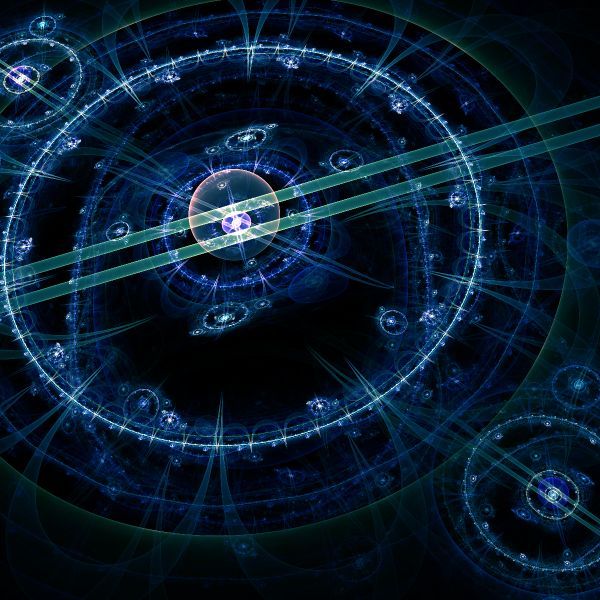We have the math locked down. Next, we need the materials.
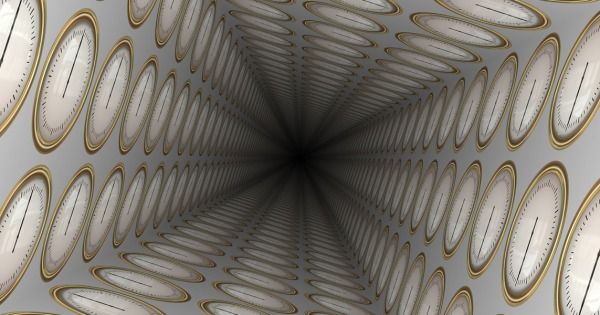

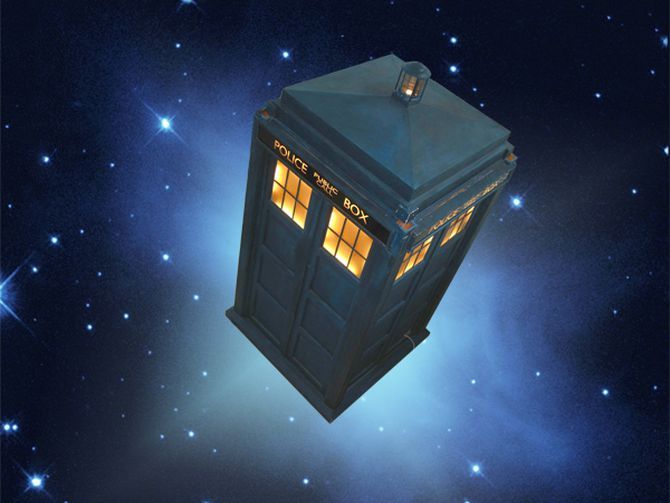
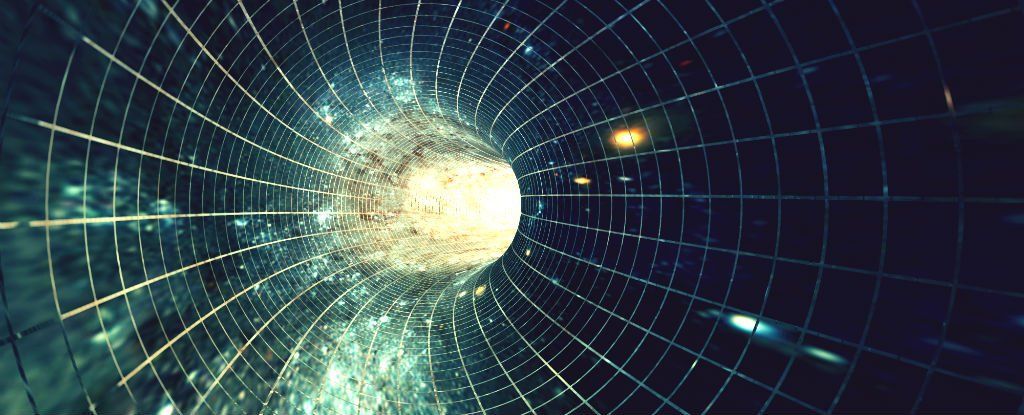
Physicists have come up with what they claim is a mathematical model of a theoretical “time machine” — a box that can move backwards and forwards through time and space.
The trick, they say, is to use the curvature of space-time in the Universe to bend time into a circle for hypothetical passengers sitting in the box, and that circle allows them to skip into the future and the past.
“People think of time travel as something as fiction. And we tend to think it’s not possible because we don’t actually do it,” says theoretical physicist and mathematician, Ben Tippett, from the University of British Columbia in Canada.
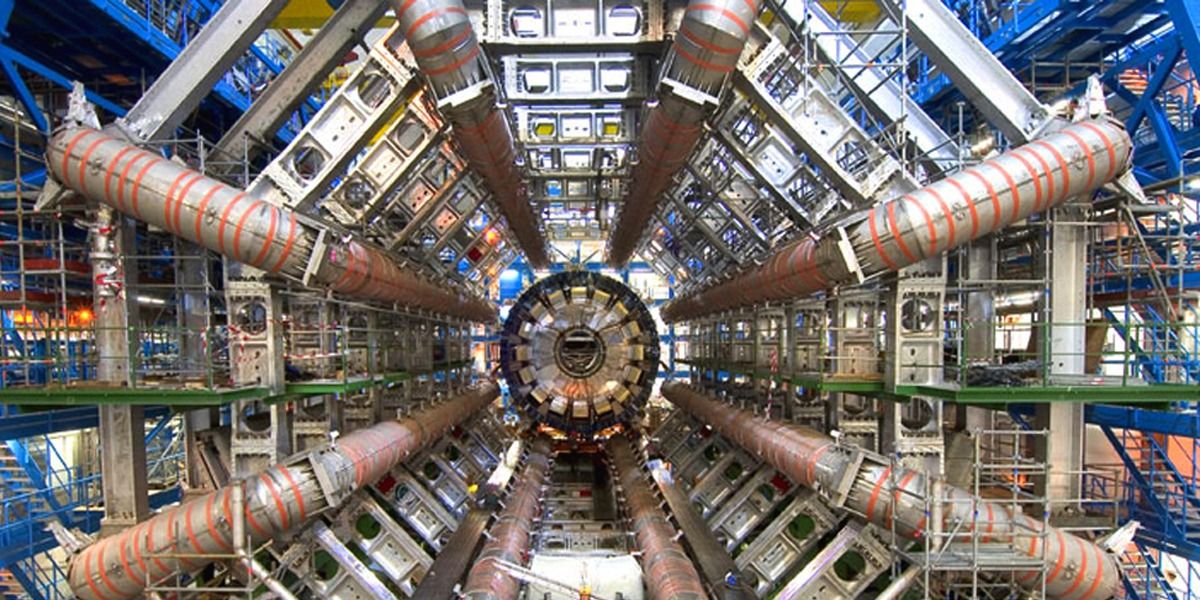

By Drs. David Niesel and Norbert Herzog, Medical Discovery News
H.G. Wells was a writer of fantastic science fiction during the 1890s. He is considered one of the fathers of science fiction and wrote novels whose stories remain popular today. He wrote about time travel in “The Time Machine”, about interplanetary conflict originally made popular by the Orson Wells’ “The War of the Worlds” and in “The Island of Dr. Moreau” he described beings that were part human and part animal. Two of the three remain pure science fiction but one is on the verge of becoming a reality. Do you know which one?
In August, 2016, the National Institutes of Health announced that it was lifting its ban on research that introduces stem cells from humans into animal embryos. Stem cells have the ability to evolve into any human cell and can grow into any human tissue. The goal of this type of research is to grow human tissues and eventually human replacement organs in animals. What an innovative way to improve upon transplantation medicine! But to realize this potential, we would create an organism that is part animal and part human! These hybrids are the stuff of ancient mythology. These mixtures of different animals are called chimeras after the mythical ancient Greek creature that was part lion, snake and goat. One goal of today’s research is to produce tissues and organs for experimentation that will improve our understanding of human disease. An alternative and longer term goal would be to produce organs directly for human transplantation.

There is much to still be learned around Quantum parallel states. We have just scratched the surface with QC and some of the parallel states and its tie to time travel which in the recent 1 1/2 years has uncovered many truths that we (including myself) thought were bogus or impossible.
As reported by Phys Org, a collaborative study involving researches from Canada, Italy and the UK may have provided the first detectable evidence indicating that our universe may in fact be a ‘vast and complex hologram’. It’s an idea that’s been around since the 1990s — that everything we see around us exists on a flat, 2D surface, but we see everything in 3D because the universe acts like one giant hologram.
To explain the concept better, the common analogy used is to imagine the holographic universe as if you were watching a 3D movie in a movie theater. As movie-watchers, we see images on the screen as having height, width, and depth, even if they’re being projected on a 2D screen. In the case of our universe, it’s a bit more complicated because we can’t just see things, we can touch things too, which makes our perceptions ‘real’.
A holographic universe is a concept that appeals to physicists because it can potentially reconcile inconsistencies between quantum mechanics and Einstein’s theory of general relativity. Because although Einstein’s theory can explain large-scale aspects of the universe, it breaks down at quantum levels. In other words, it can’t explain quantum mechanics. And that just won’t do when describing what the early universe was like.

More information on the time crystals to simulate time travel.
Two more teams of researchers have found ways to create time crystals, lattices that repeat not in space but in time, breaking time-translation symmetry.
Though applications are unclear, the research could help us better understand quantum properties and solve the problem of quantum memory associated with quantum computing. Time crystals repeat their atomic structure in time. At the very least, they are a contradiction.
But, as the researchers discovered, time crystals aren’t typical matter.
Awesome! More news on the time crystals.
The source of time travel speculation lies in the fact that our best physical theories seem to contain no prohibitions on traveling backward through time. The feat should be possible based on Einstein’s theory of general relativity, which describes gravity as the warping of spacetime by energy and matter. An extremely powerful gravitational field, such as that produced by a spinning black hole, could in principle profoundly warp the fabric of existence so that spacetime bends back on itself. This would create a “closed timelike curve,” or CTC, a loop that could be traversed to travel back in time.
Experimenting With CTC’s
Single particles of light (photons) to simulate quantum particles travelling through time were just used by scientists from the University of Queensland, Australia. They showed that one photon can pass through a wormhole and then interact with its older self. Their findings were published in Nature Communications.

The University of Queensland Australia has done subsequent studies on time travel, its possibility aspects, and components. According to in-depth studies from the University, time travel is a possibility. The scientists used single particles of light photons to simulate quantum particles that travel through time. The study indicated that modern physics has strange aspects that were explained by Professor Timothy Ralph. Quantum particles are made up of fuzzy or uncertain components that make it possible for them to wiggle around and thus avoid inconsistent time travel situations. Therefore, nature behaves differently making the impossible possible.
